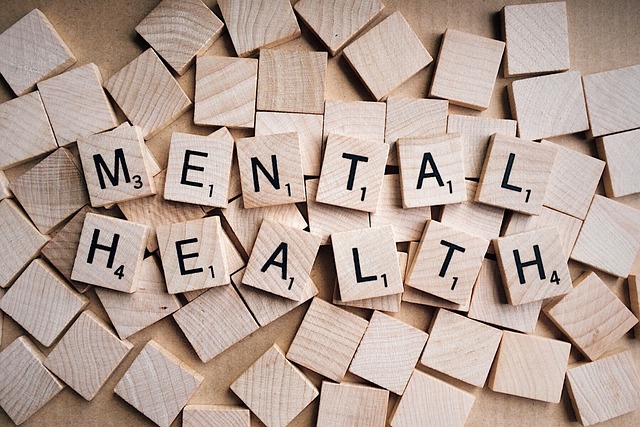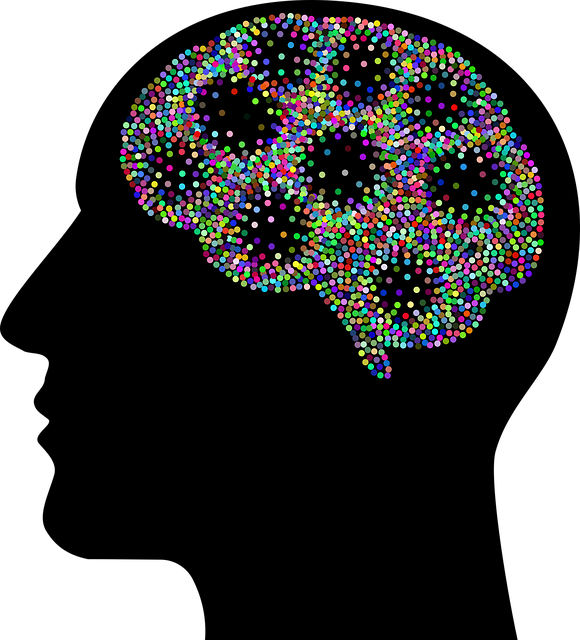In the digital age, media portrayal of mental illness significantly shapes public perception. While some efforts raise awareness sensitively, many depictions still perpetuate stereotypes and oversimplify complex conditions, focusing on extreme cases rather than diverse experiences. To counteract this, communities are encouraging accurate representations through outreach programs and recovery stories, like Castle Rock Relationship Issues Therapy, which emphasizes the multifaceted nature of mental health. By showcasing therapeutic processes and outcomes, media can dispel myths, reduce stigma, encourage help-seeking behaviors, promote empathy, and inspire hope, ultimately fostering open dialogue and support around mental illness.
In today’s media landscape, the portrayal of mental illness is increasingly important. This article explores the current state of mental health representation in media, using Castle Rock as a case study to understand its influence on public perception, particularly regarding relationship issues. We delve into the power of therapy as a solution, offering strategies for accurate and positive portrayals that can challenge societal norms and foster empathy. By examining these aspects, we aim to enhance understanding and promote better mental health representation in media.
- Understanding Mental Illness Representation in Media: The Current Landscape
- Castle Rock and Relationship Issues: A Case Study in Media Influence
- Therapy as a Solution: Strategies for Accurate Portrayal and Positive Impact
Understanding Mental Illness Representation in Media: The Current Landscape

In today’s digital era, media plays a pivotal role in shaping public understanding of mental illness. The current landscape presents a mixed picture; while some efforts have been made to portray mental health issues with sensitivity, many representations still fall short. Often, media perpetuates stereotypes and misconceptions, contributing to the stigma surrounding mental illness. Common tropes include exaggerated or simplistic depictions of conditions, such as portraying anxiety as mere shyness or depression as an occasional emotional low without exploration of underlying factors like trauma or chronic illnesses. These oversimplifications fail to capture the complexity of human experience and can be particularly damaging when unchallenged.
Furthermore, media often lacks diverse representations, focusing primarily on extreme cases or tragic outcomes. This narrow view overlooks the vast spectrum of mental health experiences, including those who manage their conditions effectively through therapy, support groups, social skills training, and practices like mindfulness meditation. Initiatives like community outreach program implementations aimed at normalizing conversations around mental wellness are encouraging steps. However, achieving accurate and nuanced representation requires a conscious effort from creators to include diverse narratives, consult with experts, and showcase the multifaceted nature of mental illness, including recovery journeys and the positive impact of therapy, much like Castle Rock Relationship Issues Therapy offers today.
Castle Rock and Relationship Issues: A Case Study in Media Influence

In the realm of media representation, Castle Rock stands out as a notable case study illustrating the profound impact on societal perceptions of mental illness and relationship issues. This fictional town, portrayed in various cinematic and literary works, has become a metaphor for the complex dynamics between mental health struggles and interpersonal connections. Through its compelling narratives, Castle Rock challenges conventional media portrayals by showcasing characters grappling with anxiety, depression, and trauma within the context of their community.
The series often delves into the aftermath of traumatic events and how they disrupt family bonds and social fabric. This approach resonates with real-world issues, prompting discussions on the importance of therapy and self-awareness exercises as tools for healing and recovery. The Castle Rock narrative highlights that mental illness is not merely an individual struggle but a community concern. As such, it encourages viewers to consider the impact of societal attitudes and media portrayal in shaping public understanding of relationship issues and the need for effective interventions, such as Community Outreach Program Implementation and Stress Management Workshops Organization, towards fostering a supportive environment.
Therapy as a Solution: Strategies for Accurate Portrayal and Positive Impact

In addressing mental illness representation in media, therapy emerges as a potent solution offering strategies for accurate portrayal and fostering positive impacts. Accurate depiction of therapeutic processes and outcomes can dispel myths, reduce stigma, and encourage viewers to seek help. Castle Rock Relationship Issues Therapy, for instance, highlights the power of communication, understanding, and coping mechanisms in tackling mental health challenges. By showcasing diverse characters navigating therapy, media can promote empathy, normalise conversations around mental health, and inspire hope.
Moreover, positive representations can enhance self-worth and encourage Inner Strength Development. Well-crafted narratives that highlight the therapeutic journey—complete with setbacks and triumphs—can empower viewers to take charge of their mental well-being. This process is further supported by Healthcare Provider Cultural Competency Training, ensuring diverse perspectives are incorporated into therapy sessions depicted on screen. Incorporating stress management techniques within these storylines can also equip audiences with practical tools to cope with their own challenges, ultimately fostering a culture of open dialogue and support around mental illness.
In conclusion, improving mental illness representation in media is paramount. As demonstrated by the case study on Castle Rock and its impact on relationship issues, media has significant influence over public perception. However, through thoughtful therapy-driven strategies, we can achieve more accurate and positive portrayals. By fostering understanding and empathy, media can play a crucial role in destigmatizing mental health, mirroring reality with authenticity and care.








